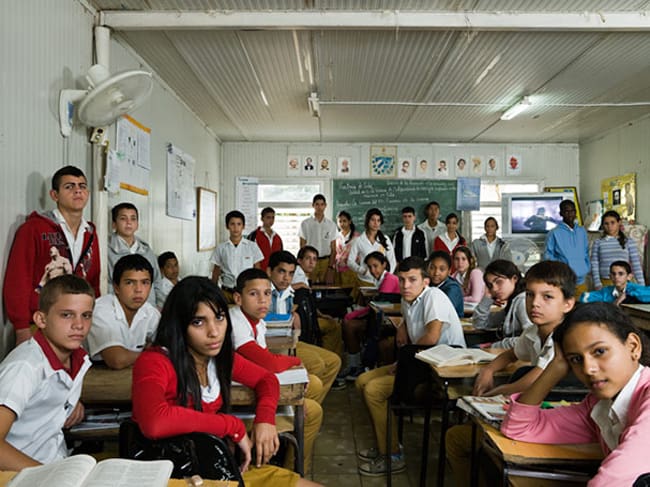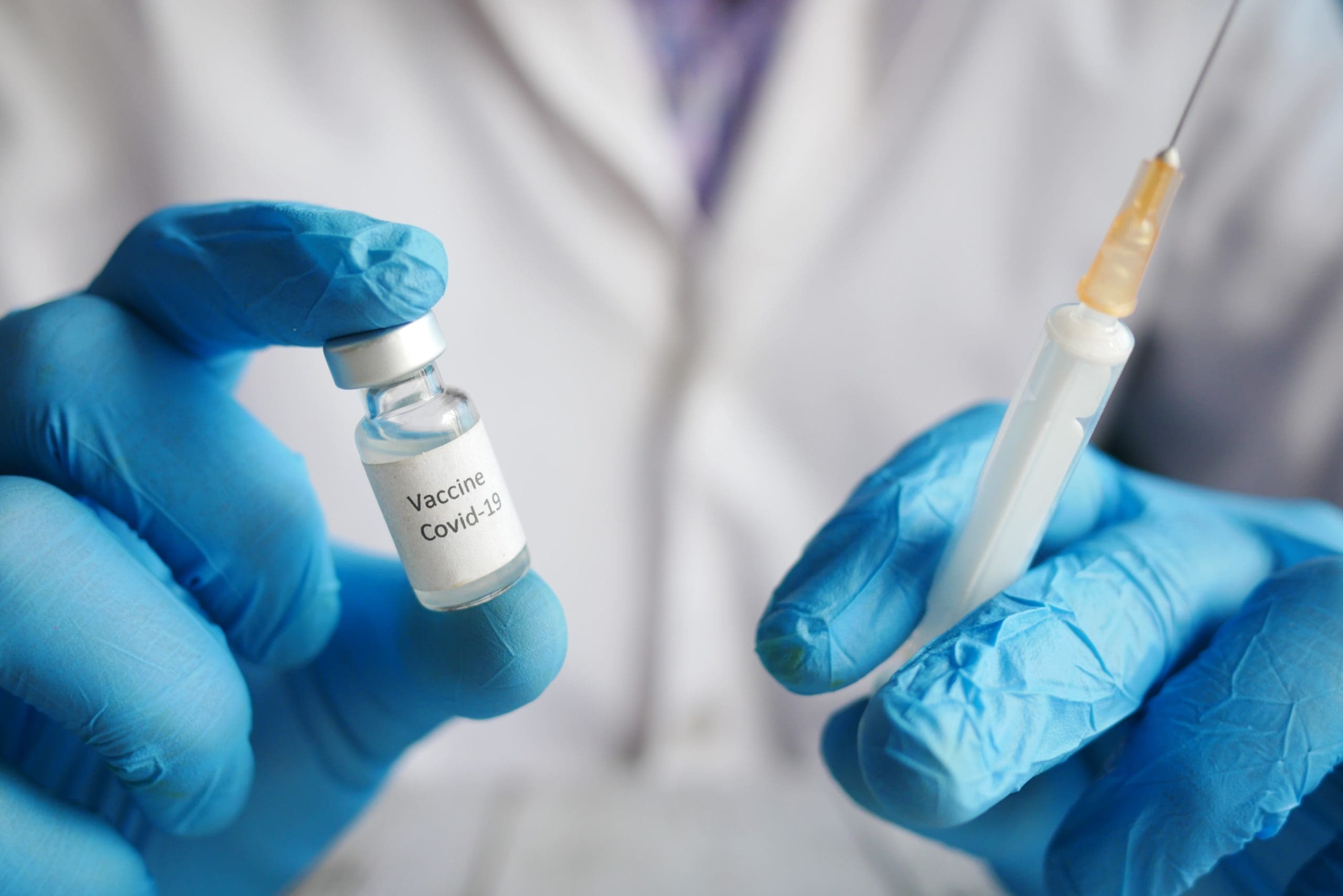According to parents of students who were identified as having been in “close contact” with COVID-19 positive students and subsequently forced to quarantine, Frisco Independent School District has failed to establish nuanced, up-to-date health safety protocols, resulting in decisions that have wreaked unnecessary havoc on healthy students.
A parent of a student at Frisco ISD, who requested anonymity out of fear of reprisals, said her child was designated a “close contact” of a COVID-19 positive student. The student was told to quarantine for 14 days.
While school officials refused to identify the COVID-19 student or the class where possible exposure took place, they stated the student was put at risk in a classroom where the teacher had failed to measure the mandated distance between desks—6 feet—correctly.
“They said the desks were between 5 and 6 feet apart,” recounted the parent, noting that no consideration was given to the fact that her child wore a mask at all times while in school.
Blayne Rush, another district parent who has talked to parents of close contact students, says the district’s refusal to look at mitigating circumstances—such as mask-wearing or ventilation conditions—when close contact between students occurred ignores guidance from the Texas Educational Agency.
“They refuse to consider any mitigating factors when conducting their contact tracing and close contact investigations, as recommended by the TEA and CDC,” Rush said.
In a September 14 Frisco ISD board of trustees meeting, Daniel Stockton, FISD executive director of government & legal affairs, laid out the district’s close contact policies, implying the TEA is the issue.
“The Texas Education Agency’s definition has changed, I think, four or five times in the past month,” Stockton said. “We’ve tried to stay as consistent as possible while making sure we’re following the guidance of the TEA.”
At press time, the TEA did not return a call for comment about its shifting policy charges.
There is no wiggle room regarding close contact determinations at FISD schools, according to the district website:
Close contact is defined as within 6 feet of an individual with a confirmed case of COVID-19 for a cumulative 15 minutes or more during the time the individual remains infectious (“infectious period”) OR being directly exposed to infectious secretions (e.g., being coughed or sneezed on).
At first blush, the above ISD definition echoes the TEA’s close contact definition:
a. being directly exposed to infectious secretions (e.g., being coughed on); or
b. being within 6 feet for a largely uninterrupted or sustained extended contact period throughout the course of a day of approximately 15 minutes.
However, there is a major distinction between the TEA and the Frisco school district definitions. The state agency recognizes there may be mitigating factors that may lessen the chance of exposure and transmission of COVID-19.
As the planning guidance on the TEA website notes:
Additional factors like case/contact masking (i.e., both the infectious individual and the potential close contact have been consistently and properly masked), ventilation, presence of dividers, and case symptomology may affect this determination.
Several Frisco ISD parents expressed shock that Frisco ISD—ranked among the state’s top-performing education districts—could have failed its students despite having months to develop contingency plans for COVID-19.
“They have just decided any risk, per their six-foot guideline and the 15-minute mark are all that matters,” says Rush. “They don’t care that the Center for Disease Control says exposure over time is not a hard and fast rule. But according to the ISD, if a mask-wearing student is exposed for one minute a day for 15 days … they have hit the cumulative number and must quarantine. It’s absurd.”
“Frisco ISD has consulted with numerous health agencies and medical professionals throughout our response to COVID-19,” responded Meghan Cone, FISD’s assistant communications director, via email. “Their recommendations do not always align.”
While Cone acknowledged TEA guidance about mitigating factors, she noted that the agency “does not require these factors to be considered.”
An entry on the CDD website confirms the “data are insufficient to precisely define the duration of time that constitutes a prolonged exposure,” and offers “15 minutes of close exposure can be used as an operational definition. Brief interactions are less likely to result in transmission; however, symptoms and the type of interaction (e.g., did the infected person cough directly into the face of the exposed individual) remain important.”
“If it’s good enough for the CDC and the TEA, it should be good enough for the Frisco ISD,” said Rush.
But FISD insists its own COVID-19 alchemy is sufficient.
“We are constantly looking at our data and talking to health experts to ensure our protocols reflect evolving guidance and the experiences of students and staff within our own school district,” Cone said. “As educators, we must consider the physical health of students, staff, and the community as well as the academic, social and emotional needs of our students.”
“Which one is it?” asked an exasperated parent when informed of the FISD’s stance. “Are they following the guidance or ignoring it? This a totally disingenuous response. They are trying to have it both ways and picking and choosing. It seems pretty clear to me the CDC and TEA have more resources and are in a better position to evaluate protocols than the FISD.”
This is a commentary published with the author’s permission. If you wish to submit a commentary to Texas Scorecard, please submit your article to submission@texasscorecard.com.




